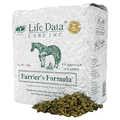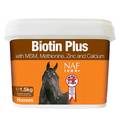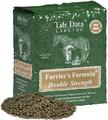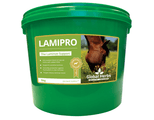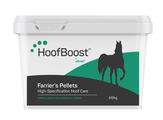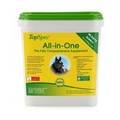A horse’s susceptibility to certain health problems increases with age, just as it does for geriatric humans, due to general wear and tear on the body. But now research is indicating a clear link between healthy older horses and laminitis risk, as insulin response increases with advancing years.
The studies, conducted in collaboration with Spillers, aimed to explore the relationship between insulin dysregulation, dietary adaptation and ageing, in order to guide preventative measures such as appropriate feeding for the older horse.
They found that even healthy older horses with no previous history of insulin dysfunction had increased insulin responses compared to healthy younger horses fed the same starch and sugar-rich diet. In fact, they had increased insulin responses regardless of diet before evaluation, indicating that age was the contributing factor.
That said, the highest responses were found in the older horses fed a starch-rich diet, even if they’d been fed the diet for many years. This was compared to healthy senior horses adapted to diets containing varying levels and sources of certain carbohydrates (including starch, sugar and fibre). 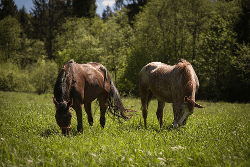
In short, with increased insulin response comes insulin resistance, which has been shown to contribute to laminitis risk. But by carefully considering the energy sources in your senior horse’s diet, you can help reduce the risk.
This means restricting the amount of sugar and starch in the diet, especially important in horses with additional risk factors already, such as obesity and PPID. You might consider introducing a targeted hoof supplement such as GWF X-Lam Aid, or Farrier’s Formula to help support and ‘feed’ the internal and external structures of the foot.
If you’re still unsure about appropriate feeding for your older horse, contact a reputable feed company helpline for advice.
Written by: Hannah



